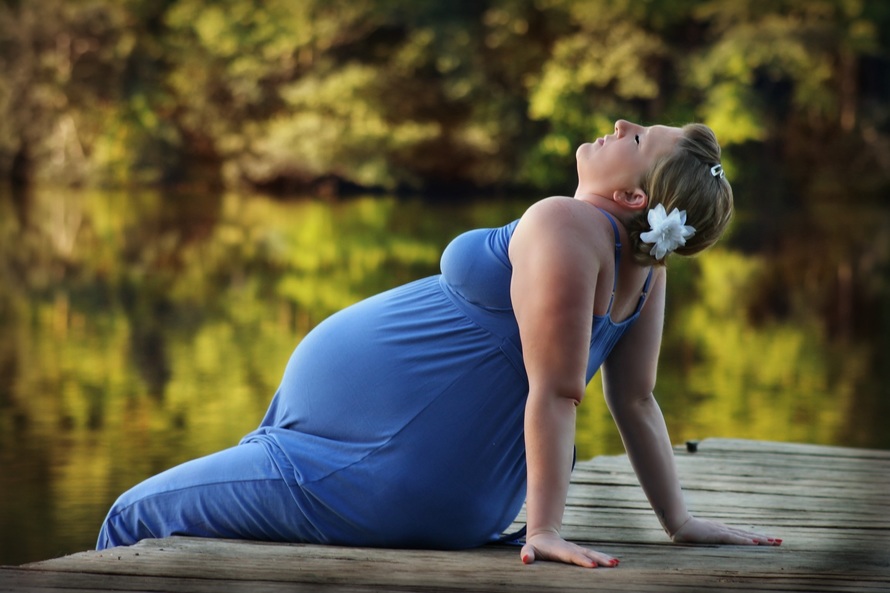Most women opting for assisted methods of achieving pregnancy have a lot of questions regarding the success of these procedures. And those who have already gone through the procedure multiple times, always wish to know why they haven’t attained any success.
Study shows that the success of an IVF depends on the endometrium receptivity at the time of implantation. This endometrial receptivity takes place in a limited window of time, between the 19th and 21st day of the standard menstrual cycle, which is known as the “implantation window”. If the implantation is not carried out within this window the chances of implantation failures increases considerably.
A research carried out on 356 patients, under the age of 38 years, across five different countries proved that ERA, which is the Endometrial Receptivity Analysis, improves the pregnancy rates up to 25%. ERA a patented test by IGENOMIX, determines the optimal moment for embryo transfer which enables the fertility clinics to provide personalized treatment to individual patients. ERA test examines the expression of 238 genes in the endometrium, which provides an insight into its receptivity or lack thereof when the embryo transfer takes place.
According to Professor Simon, the scientific director of IGENOMIX, ERA is the most vital step in the process of treating the infertile couple. He also feels that it is essential that the IVF clinics consider personalising the endometrial factor of an infertile couple in order to enhance their chances of reproduction. Moreover, knowing the correct window of implantation helps in saving the time and money, since knowing the correct window will definitely have positive results.
Earlier the only way to study the endometrium was an ultrasound scan which did not give much help to the doctors in the clinical practice. ERA on the other hand studies the endometrial factor at the molecular level, thus making the test has highly sensitive and specific in detecting the gene expression profiles associated with receptivity. The result which is attained from the test determines if a woman is receptive on the day and in the kind of cycle when the biopsy was performed. If she is receptive, it means that her window of implantation falls on the day of the cycle during which the biopsy was performed and, therefore, the blastocyst could implant on this day during the same kind of cycle.
Know more about ERA: click here



